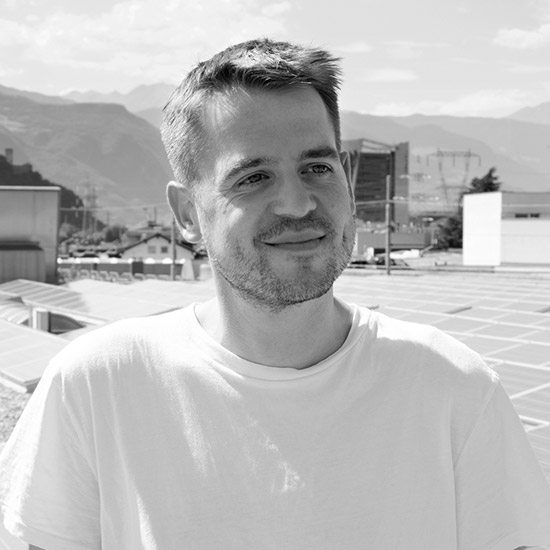NICOLAS DESHAYES
Born in 1983
Nicolas Deshayes’ artistic production mainly consists of sculptures, created through a variety of industrial processes and a wide range of materials, including cast iron and aluminum, ceramic and glazed earthenware. In his works, the artist investigates the relationship between industrial production and the human body, between the manufacturing mechanisms and what he himself calls “the malleability of being human.” From a formal point of view, his sculptures freely recall biological and cellular worlds, indistinct zoomorphic or vegetable configurations, simultaneously hinting at the anatomy of organic beings and at the structure of plumbing systems. When placed in public areas, Deshayes’ sculptures become living presences in the urban fabric, defining a system connecting the human body with the infrastructures surrounding it. In Belgrade, the artist presents a new arrangement of a series of eight sculptures, originally conceived for the fountains at Battersea Park’s Pleasure Gardens in London in 2018. Through a water game performance, like actors on a stage, Deshayes’ organic and alien forms become a single body and at the same time an extension of the large public fountain in front of the Museum of Yugoslavia where they are lodged. The eight sculptures—Putto, La Toilette, Grubber, Puss in Boots, Boy and Swan, Cuckold’s Point, Sugar Mile, and Gossip Column—expand the artist’s exploration of piping systems as elements of a complex ecosystem and metaphors of man-made networks. They also look to the Renaissance and Baroque tradition, to the fountain as a public good, a place of water supply and refreshment, to be used by travelers and the community. The solid and hard materials convey antithetical references to the fluidity, softness and pliability found in the free organic shapes of each sculptural element, functioning at the same time as passages for the relentless and cyclical flow of water, which spreads in jets and streams. The different states of matter thus contribute to the construction of a whole in which each element acts in harmony with the others.
